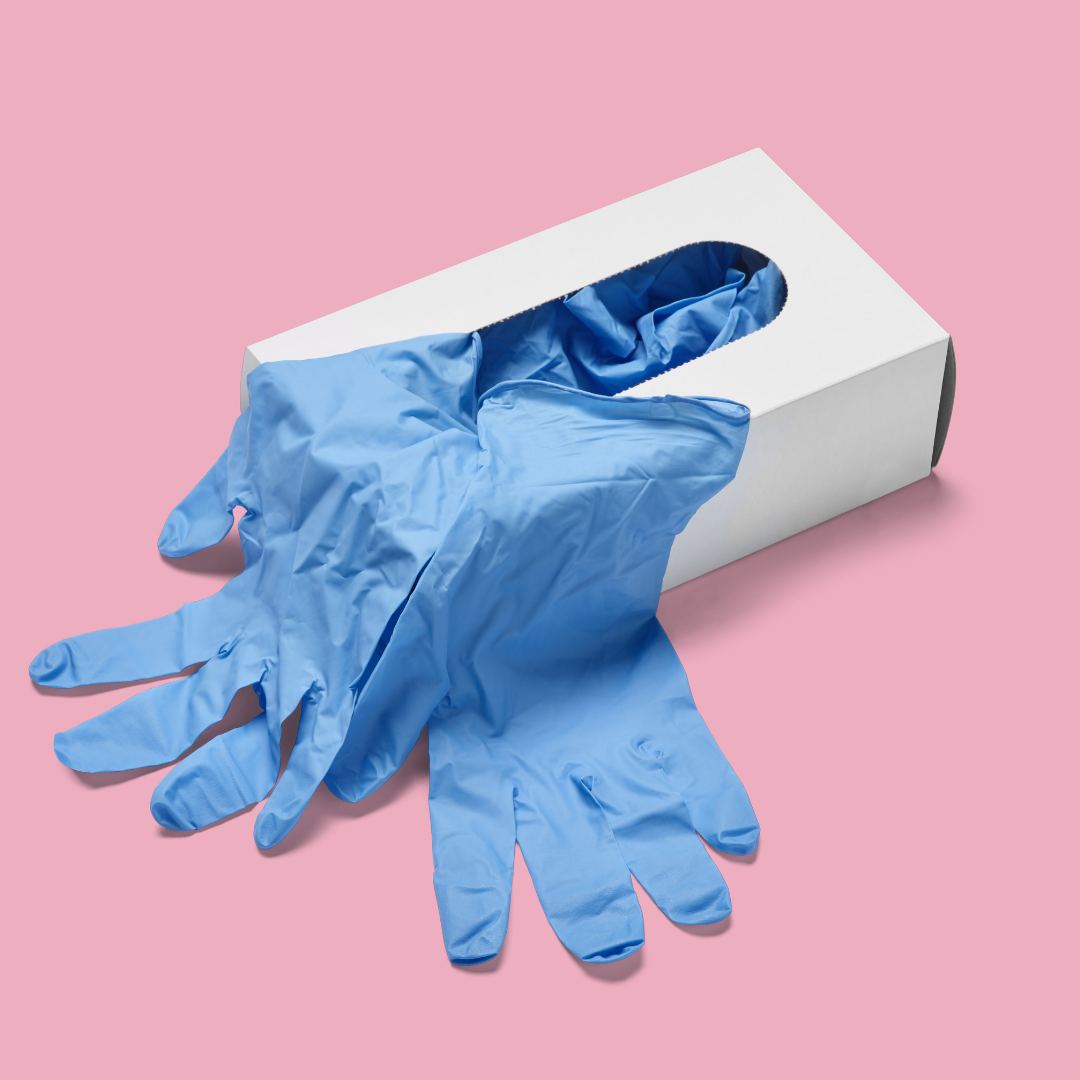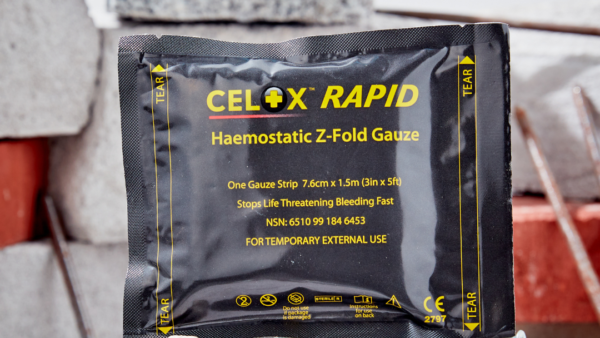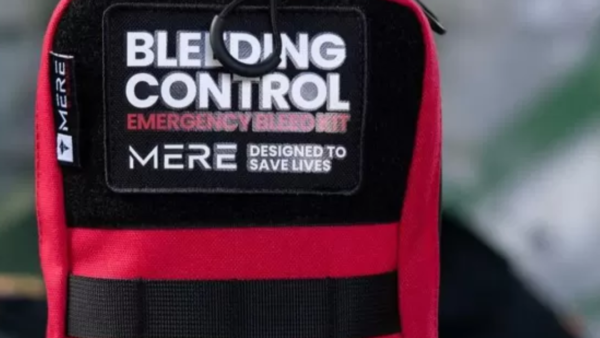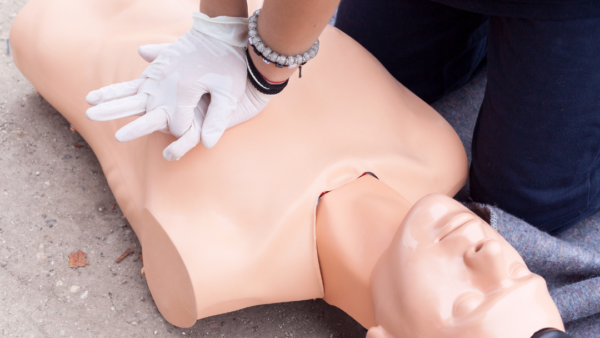Introduction to medical gloves
In the healthcare industry, medical gloves are an essential tool for ensuring safety and preventing the spread of infections. Whether you work in a hospital, clinic, or any other medical setting, choosing the right medical gloves is of utmost importance. This comprehensive guide will provide you with the knowledge and guidance necessary to make informed decisions when selecting medical gloves.
Importance of choosing the right medical gloves
The significance of choosing the right medical gloves cannot be overstated. These gloves serve as a protective barrier between healthcare professionals and patients, reducing the risk of contamination and transmission of infectious diseases. Selecting the appropriate gloves can also enhance the comfort and dexterity of the healthcare workers, allowing them to perform their duties effectively. Moreover, the right gloves contribute to a safer and more hygienic healthcare environment, ensuring the well being of both patients and medical professionals.
Types of medical gloves
These are several types of medical gloves available, each designed for specific purposes. The two main categories are examination gloves and surgical gloves. Examination gloves are typically used for non sterile procedures, such as physical examinations and routine patient care. They are made from materials like latex, nitrile, or vinyl. Surgical gloves, on the other hand, are sterile and are used during invasive procedures to maintain an aseptic environment. These gloves are usually made from latex or synthetic materials like neoprene or polyisoprene.
Types of medical gloves
There are several types of medical gloves available, each designed for specific purpose. The two main categories are examination gloves and surgical gloves. Examination gloves are typically used for non sterile procedures, such as physical examinations and routine patient care. They are made from materials like latex, nitrile, or vinyl. Surgical gloves, on the other hand, are sterile and are used during invasive procedures to maintain an aseptic environment. These gloves are usually made from latex or synthetic materials like neoprene or polyisoprene.
Material options for medical gloves
Medical gloves are available in various materials, each offering unique advantages and considerations. Latex gloves are a popular choice due to their excellent elasticity, comfort, and tactile sensitivity. However, some individuals may have latex allergies,, in which case non latex alternatives like nitrile or vinyl gloves are recommended. Nitrile gloves provide excellent puncture resistance and are suitable for individuals with latex allergies. Vinyl gloves, while less durable, are cost effective and are commonly used in non clinical settings.
Understanding glove sizing and fit
Proper sizing and fit are crucial for ensuring optimal performance and protection when it comes to gloves. Ill-fitting gloves can compromise dexterity, cause discomfort, and increase the risk of tears or leaks. To determine the correct glove size, measure the circumference of your hand at its widest point and consult the manufacturer’s sizing chart. It is essential to choose gloves that provide a snug fir without being to tight or too loose. Properly fitted gloves will allow for ease of movement and provide the necessary barrier against contaminants.
Considerations for different medical procedures
Different medical procedures require specific types of gloves to ensure maximum safety and effectiveness. For example, when performing surgeries or invasive procedures, sterile gloves are essential to maintain a sterile field. On the other hand, examination gloves are suitable for non invasive procedures, such as administering medications or conducting physical examinations. It is crucial to consider the nature of the procedure, the level of required protection, and the potential for exposure to hazardous substances when selecting the appropriate gloves.
Sterile vs non sterile gloves
Sterility is a crucial factor when it comes to medical gloves. Sterile gloves are individually packaged and undergo a sterilisation process to eliminate any potential microorganisms. These gloves are primarily used to eliminate any potential microorganisms. These gloves are primarily used during surgical procedures or when performing invasive medical interventions. Non sterile gloves, on the other hand, are used for non invasive procedures and do not under go the same level of sterilisation. It is essential to determine whether the intended procedure requires a sterile or non sterile glove to ensure proper infection control protocols are followed.
Examining glove quality and standards
To ensure the quality and safety of medical gloves, various standards and certifications have been established. These standards include requirements for factors such as glove thickness, tensile strength, and barrier protection. The most prominent certification for medical gloves is the ASTM International standard, which provides guidelines for evaluating glove quality and performance. When choosing medical gloves, it is essential to opt for products that meet these quality standards to ensure optimal protection and performance.
Factors to consider when choosing medical gloves
Several factors should be taken into account when selecting medical gloves. These include the intended use, the level of protection required, the material and its suitability for individuals with allergies, and the comfort and dexterity provided by the gloves. It is also crucial to consider the cost effectiveness of the gloves and the reputation and reliability of the manufacturer. By carefully evaluating these factors, healthcare professionals can make informed decisions and choose gloves that best meet their specific needs.
Proper glove usage and disposal
Using gloves correctly is as important as choosing the right ones. Always follow proper hand hygiene practices before and after wearing gloves. Ensure that gloves are donned and doffed correctly to minimise the risk of contamination. After use, gloves should be disposed of in accordance with local regulations and healthcare facility protocols. Improper glove disposal can lead to environmental contamination and pose a risk to public health. By adhering to proper glove usage and disposal guidelines, healthcare professionals can contribute to a safer and more hygienic healthcare environment.
Frequently asked questions about medical gloves
- Q: What is the difference between examination gloves and surgical gloves? A: Examination gloves are used for non-sterile procedures, while surgical gloves are sterile and used during invasive procedures.
- Q: Can individuals with latex allergies use nitrile gloves? A: Yes nitrile gloves are suitable for individuals with latex allergies as they are made from a synthetic material.
- Q: How do i determine the correct glove size? A: Measure the circumference of your hand at its widest point and consult.
Conclusion
Choosing the right gloves is an essential aspect of maintaining safety, hygiene, and infection control in the healthcare industry. By understanding the different types of gloves, materials, sizing, and quality standards, healthcare professionals can make informed decisions when selecting gloves for various medical procedures. It is crucial to consider factors such as sterility, comfort, and the reputation of the manufacturer. Proper glove usage and disposal further contribute to a safe and hygienic healthcare environment. With the knowledge gained from this guide, healthcare professionals can confidently choose the right medical gloves to protect themselves and their patients.






